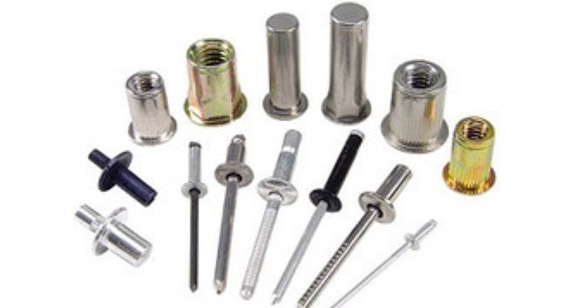
What is a Rivet And How Does lt Work?
A rivet is a mechanical fastener designed to create permanent bonds between materials, commonly utilized in metalworking and industrial applications. It operates by deforming during installation, effectively securing the materials tightly together and providing a level of strength that is often superior to other fastening methods.
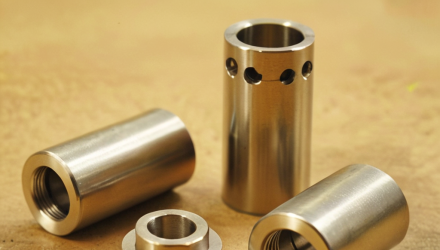
What is Pewter?- Material Selection Guide
Pewter is a tin-based alloy celebrated for its versatility, durability, and distinctive silver-gray hue. Primarily composed of tin, it also contains small quantities of copper, antimony, or bismuth. This alloy is widely utilized in both decorative and functional items, including jewelry, tableware, and various industrial components.

Polystyrene: Definition, Uses, Features, Types and Applications
Polystyrene is a lightweight, durable thermoplastic, widely used in solid and foam forms for insulation, packaging, and product manufacturing due to its affordability and versatility. Its forms and properties make it one of the most important polymers used today.
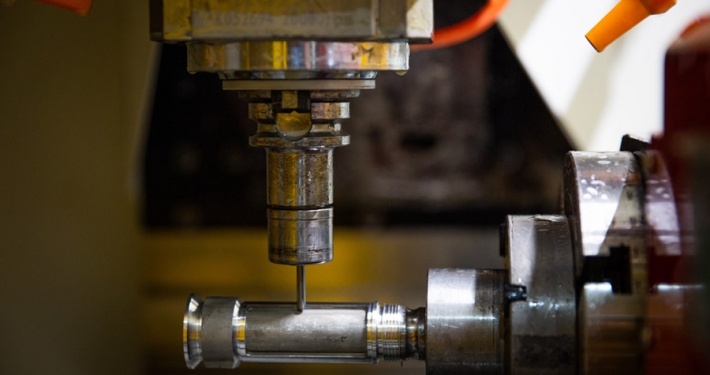
The Exploration from Prototype Stage to Mass Production
The transition from prototype to mass production involves several key factors, including design validation, production capabilities, and cost estimation. Successfully balancing these elements is essential for a smooth transition. A well-managed transition helps to mitigate risks, reduce costs, and ultimately enhance product success in the marketplace.
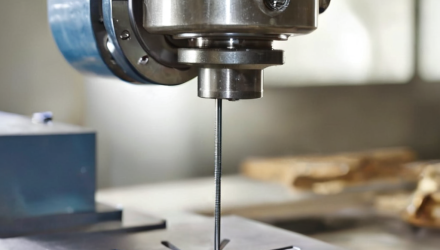
What is Wire EDM? Working Principle, Advantages, Disadvantages and Applications
Wire EDM, or Wire Electrical Discharge Machining, is a precise manufacturing process that uses electrical discharges (sparks) to shape and cut conductive materials. With Wire EDM, manufacturers can accomplish complex shapes and remarkable accuracy in hard-to-cut materials.
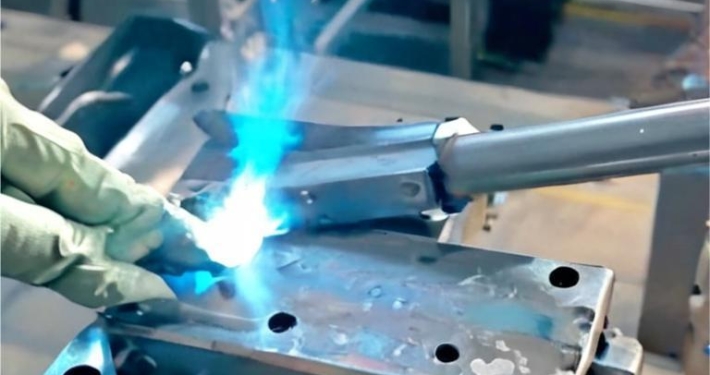
What Is Tack Welding?
Tack welding is a technique used to temporarily join two or more pieces of metal, usually by making small, quick welds to hold the parts in position before the final weld is made. It is a key preparatory step in the welding process, ensuring the parts remain aligned during the full welding procedure.


